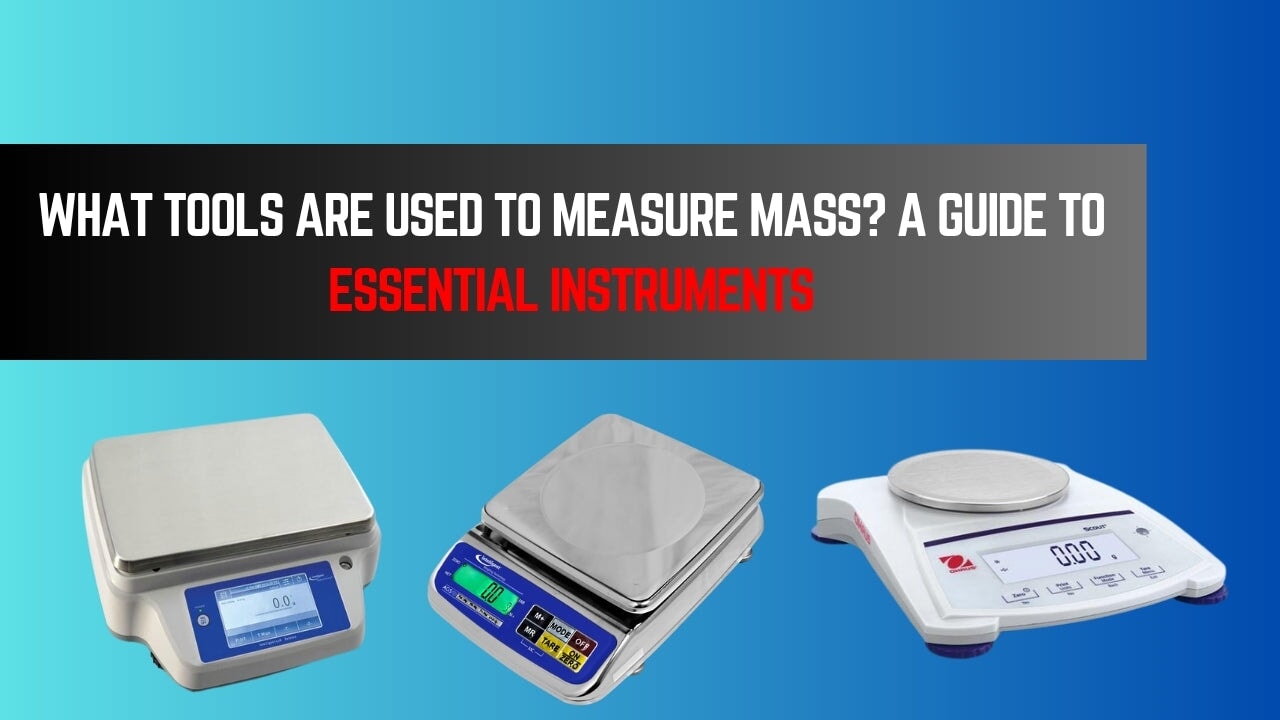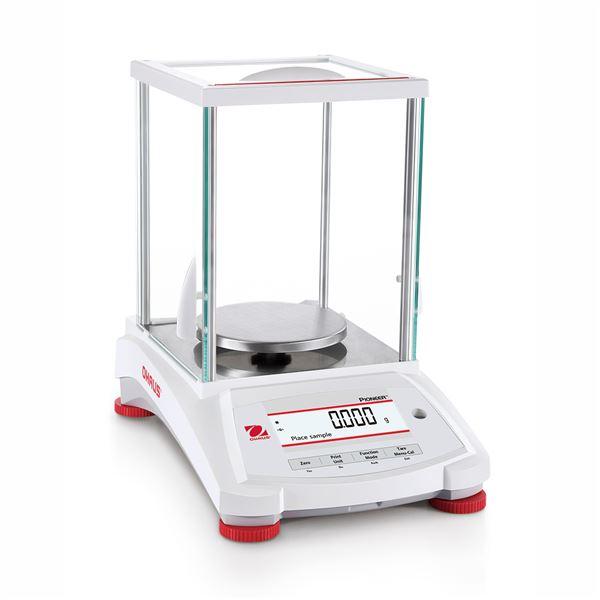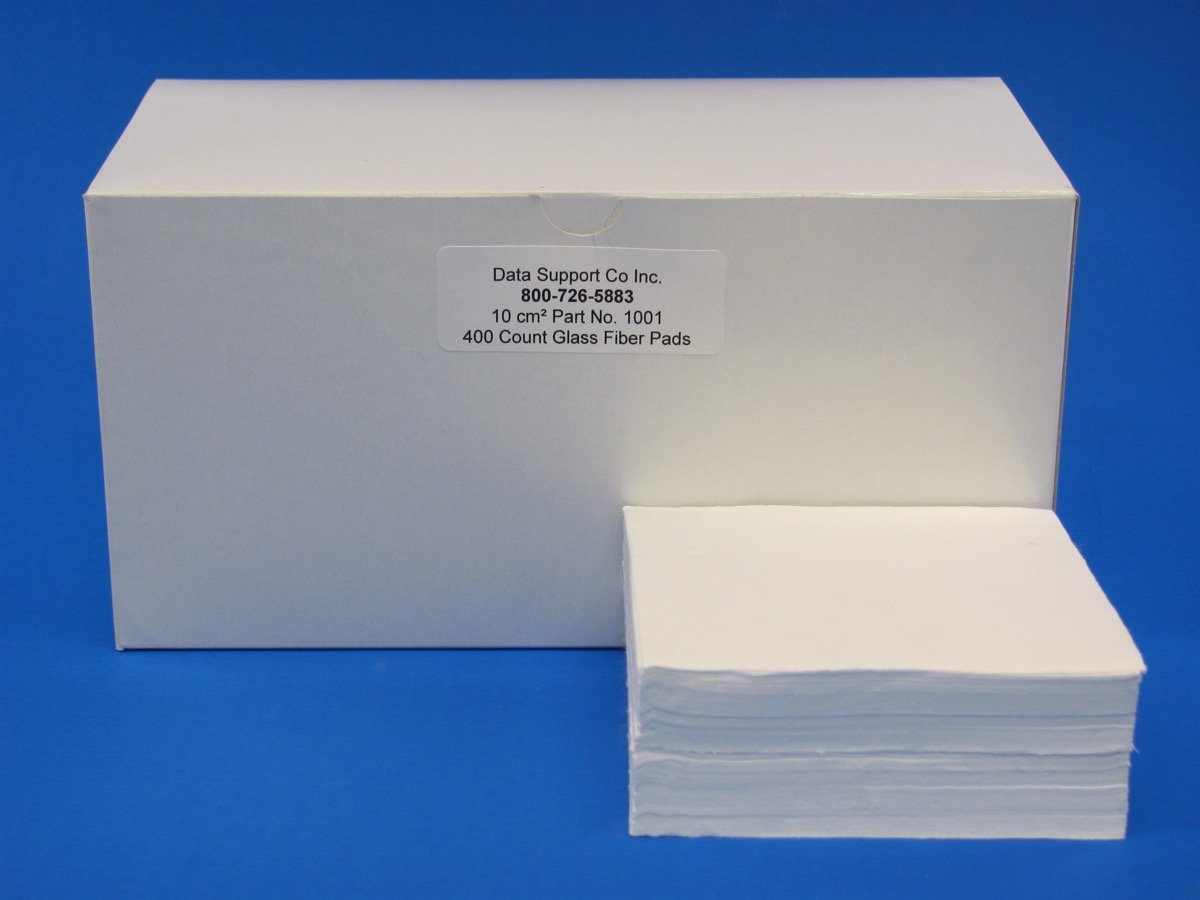Introduction to Mass Measurement
Mass measurement is a vital process that requires precise instruments to determine an object’s mass. Measuring mass is crucial in various fields, including science, industry, and commerce.
Measuring mass involves using specialized instruments, such as electronic balances and beam balances, to obtain accurate mass measurements.
The concept of mass refers to the amount of matter in an object, which remains constant regardless of location and gravitational force.
Understanding mass measurement is essential for achieving accurate and reliable results in different applications.
Historical Evolution of Mass Measurement Tools
The journey to accurately measure mass began thousands of years ago, with ancient civilizations developing some of the earliest mass measurement instruments. Early societies, such as those in the Indus Valley, used simple balance scales crafted from wood and stone to compare the mass of objects against known weights. These balance scales operated on the principle of equilibrium, allowing people to determine the mass of goods for trade and daily use.
As time progressed, the design and materials of these mass measurement tools evolved. The ancient Egyptians refined the use of balance scales, incorporating stone and metal weights to achieve more reliable mass measurements in commerce and trade. Throughout the Middle Ages, balance scales remained indispensable tools in markets, ensuring fair exchanges and accurate determination of an object’s mass.
The pursuit of more precise measurements led to significant advancements in the 17th and 18th centuries. The invention of the pendulum clock improved timekeeping, which in turn influenced the development of more accurate balance scales. The introduction of the metric system in the late 18th century marked a major milestone, standardizing mass measurement with the kilogram as the fundamental unit. This shift enabled scientists and merchants to achieve consistent and accurate results across different locations and applications.
The 19th and 20th centuries saw a revolution in mass measurement technology. The creation of electronic balances in the late 1800s introduced spring-based mechanisms for measuring mass, paving the way for even greater accuracy. The emergence of digital scales and digital scientific balances in the 20th century, equipped with electronic sensors and microprocessors, allowed for highly accurate and precise measurements at both the laboratory and industrial scale.
Today, a wide array of mass measurement instruments are used to meet the demands of various applications. In laboratory settings, scientists rely on analytical balances and electronic balances to measure small quantities of materials with high accuracy. These precise instruments use advanced digital sensors to ensure reliable mass measurements, which are essential for scientific research and experimentation. In industrial applications, larger quantities of materials are measured using robust weighing machines, counting scales, and mechanical scales, all designed to deliver accurate and repeatable results for quality control and production.
The evolution of mass measurement tools reflects the ongoing need for accuracy and precision in measuring mass. From the earliest balance scales to modern electronic balances and digital scales, each advancement has played a vital role in improving the reliability of mass measurement. As technology continues to advance, the development of even more precise and accurate mass measurement instruments will further enhance our ability to measure mass, ensuring high accuracy and quality in science, industry, and commerce.

Types of Scales for Measuring Mass
A digital scale, such as a digital scientific balance, is commonly used to measure mass in various settings, including laboratories and industrial environments. A digital scale operates using strain gauges, load cells, and microprocessors to electronically calculate and display the mass. The object to be measured is placed on the weighing pan, which is a key component for accurate measurement. Digital scales are valued for their accuracy, versatility, and ability to transmit measurement data.
Mechanical scales, including beam balances and spring scales, provide accurate mass measurements and are often used in commercial and industrial applications. The weighing pan is where the object is placed for measurement.
Mechanical balances, such as traditional beam balances and Roberval balances, are mass measuring tools that rely on mechanical principles to compare the mass of an object to known standards. These balances are valued for their precision and are not affected by local gravity variations. The weighing pan is used to hold the object being measured.
A triple beam balance is a type of mechanical balance designed for precise measurement of mass, commonly used in laboratories and educational settings. It operates using three sliding weights (beams) to determine the object's mass, and the object is placed on the weighing pan for measurement.
Electronic scales, such as electronic balances, offer precise mass measurements and are widely used in laboratories and research institutions. The weighing pan is used to hold the object during measurement.
Counting scales are used to measure the mass of large quantities of objects and are often employed in industrial and commercial settings. The objects are placed on the weighing pan for counting and measurement.
All of these devices are used to determine the mass of objects with an unknown mass by comparing them to known standards.
Balances Used for Mass Measurement
-
Triple beam balances are a type of mechanical mass balance, also known as a balance scale, that provides accurate mass measurements and is often used in educational settings.
-
Analytical balance instruments, such as electronic analytical balances, are precision laboratory devices equipped with draft shields and advanced mechanisms for high accuracy. They are commonly used in research institutions and laboratories for measuring small masses with exceptional precision.
-
Beam balances, a type of traditional balance scale, including laboratory balances, are used to measure mass in various settings and provide precise mass measurements.
-
Mass balances are traditional and historical weighing devices that have played a crucial role in trade, science, and industry by enabling precise measurement of mass.
-
A balance compares an object's mass to a known mass to determine its mass, ensuring accurate and reliable results.

Electronic Instruments for Mass Measurement
-
An electronic balance is a precise laboratory instrument that uses digital technology to measure mass and provides a digital display of the measured mass. It is widely used in laboratories and research institutions for its accuracy and reliability.
-
Digital scales, including digital scientific balances, are devices that offer accurate mass measurements and are commonly used in various settings.
-
Various mass measurement devices, such as mass spectrometers, are used to determine the measured mass of objects and provide accurate results.
-
Electronic instruments, such as an electronic balance or digital scale, are essential devices for achieving precise mass measurements and are widely used in different applications. Each electronic device provides a digital display of the measured mass, ensuring accuracy and ease of use.
Precise Mass Measurement
Precise measurement of mass is crucial in various fields, including science, industry, and commerce, and requires specialized instruments, such as analytical balances.
Accurate measurement of mass is essential for achieving reliable results and is often obtained using electronic balances and digital scales.
In scientific research, instruments are used to determine the absolute mass of samples, ensuring that accurate measurements of mass are obtained for research and quality control. Highly accurate mass measurements are necessary for research institutions and laboratories, and are often achieved using specialized instruments, such as mass spectrometers.
Small quantities of objects require precise mass measurements, which can be achieved using instruments, such as electronic analytical balances.
Measurement Transduction
Measurement transducers, such as mass measurement transducers, are used to convert mass into an electrical signal, providing accurate mass measurements. A transducer measures the mass by converting physical properties into signals. Transducers, including mass transducers, play a vital role in mass measurement and are widely used in different applications. They can assess the mass properties of substances that cannot be measured directly, such as liquids or materials in complex environments.

Mass measurement instruments, such as electronic balances, often employ transducers to achieve precise mass measurements. In cases where direct measurement is not possible, the mass of liquids is determined using transducers that process signals related to the substance's properties. Transduction is essential in mass measurement, as it enables the conversion of mass into a measurable signal.
Volume Measurement
Volume measurements are often necessary in conjunction with mass measurements, and instruments such as a graduated cylinder are used to measure the volume of liquids accurately. Measuring volume is crucial in various applications, including science and industry, and requires specialized instruments, such as volumetric flasks.
Mass and volume measurements are often related, and understanding their relationship is essential for achieving accurate results. Instruments, such as balance scales, can be used to measure both mass and volume, providing a comprehensive understanding of an object’s properties.
Calibration and Error Reduction
-
Calibration is essential in mass measurement, as it ensures that instruments, such as electronic balances, provide accurate mass measurements.
-
Error reduction is crucial in mass measurement, and techniques, such as regular calibration and maintenance, are employed to minimize errors. Temperature variations can affect the accuracy of spring scales and balances by altering the elasticity of springs, so temperature compensation or maintaining consistent environmental conditions is important for reliable measurements.
-
Accurate mass measurements require careful calibration and error reduction, which can be achieved using specialized instruments and techniques.
-
Instruments, such as analytical balances, are designed to minimize errors and provide precise mass measurements.
Applications of Mass Measurement
-
Mass measurement has various applications, including science, industry, and commerce, and requires specialized instruments, such as electronic balances.
-
Accurate mass measurements are essential for quality control and are often used in industrial and commercial settings. In industrial environments, specialized instruments like load cells and weighbridges are used to measure the mass of heavy objects.
-
Mass measurement is also important in personal health and fitness, where monitoring body weight with household weighing scales helps track individual health metrics.
-
Mass measurement plays a vital role in research institutions and laboratories, where precise mass measurements are necessary for achieving reliable results.
-
Instruments, such as mass spectrometers, are used in different applications, including scientific research and industrial quality control.
Best Practices for Mass Measurement
Best practices for mass measurement include regular calibration and maintenance of instruments, such as electronic balances. Accurate mass measurements require careful handling and storage of instruments, as well as regular cleaning and maintenance.
Scientists rely on precise instruments, such as analytical balances, to achieve accurate mass measurements and must follow best practices to ensure reliable results. Instruments, such as digital scales, must be used correctly to achieve precise mass measurements and must be calibrated regularly to ensure accuracy.

Conclusion
Mass measurement is a vital process that requires precise instruments and careful techniques to achieve accurate results.
Understanding mass measurement is essential for achieving reliable results in different applications, including science, industry, and commerce. Instruments, such as electronic balances and analytical balances, play a crucial role in mass measurement and must be used correctly to achieve precise mass measurements. Accurate mass measurements are essential for quality control and are widely used in different applications, including research institutions and laboratories.
Future Developments in Mass Measurement
Future developments in mass measurement will focus on improving the accuracy and precision of instruments, such as electronic balances and mass spectrometers. Advanced sensors may utilize changes in the length of components, such as strain gauges or load cells, to determine mass with greater sensitivity. New technologies, such as advanced transducers and sensors, will be employed to achieve more precise mass measurements. Vibrating tube mass sensors, for example, can measure the buoyant mass of microscopic biological samples in fluids and convert this to absolute mass, allowing for highly accurate and portable measurements.
Mass measurement will continue to play a vital role in various applications, including science, industry, and commerce, and will require specialized instruments and techniques. Future technologies will enable measurement at the microscopic level, making it possible to analyze extremely small quantities of materials, such as biomolecules or nanoparticles. Instruments, such as digital scales and analytical balances, will continue to evolve to meet the changing needs of different applications and will provide more accurate and precise mass measurements.
Frequently Asked Questions
What are three tools that measure mass?
The three main tools used to measure mass are balances, scales, and spring balances. Laboratory balances like analytical or precision types, offer the most accurate readings for scientific applications.
What equipment is used to measure mass?
Mass is typically measured using a balance or scale. In laboratories, instruments such as analytical or precision balances provide reliable and highly accurate mass measurements.
What are two ways to measure mass?
Mass can be measured using a balance that compares an object to known weights or by calculating it from force using a spring scale and gravity. Both methods ensure consistent and repeatable results.
What instrument do you use for mass?
A balance is the primary instrument for measuring mass. Analytical and precision balances, like those from OHAUS, are ideal for obtaining highly accurate and dependable mass readings in laboratories.





